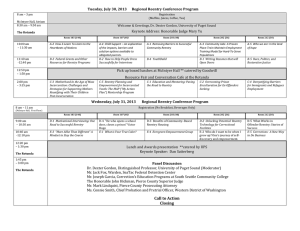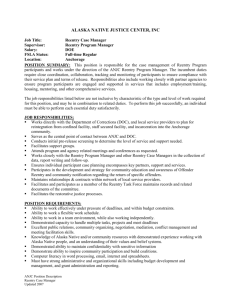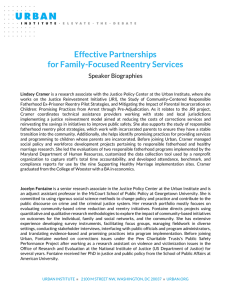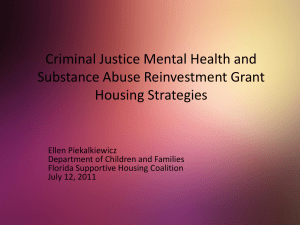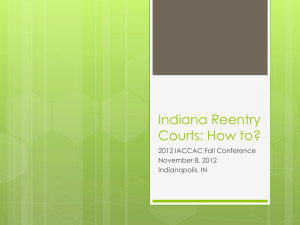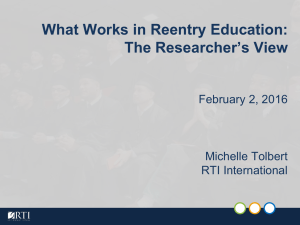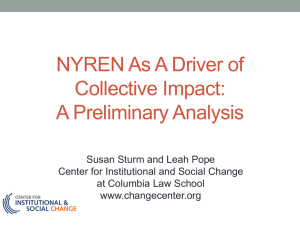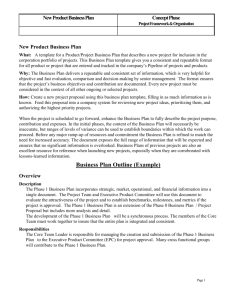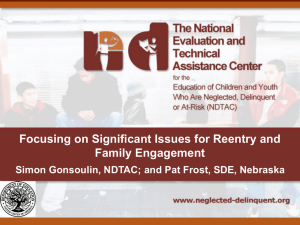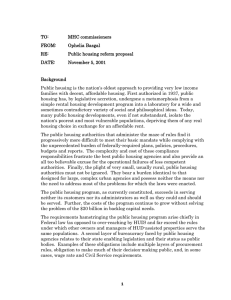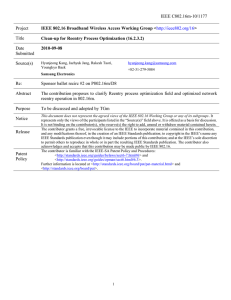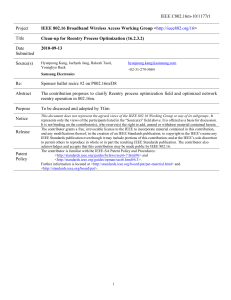MYTH BUSTER! REENTRY
advertisement
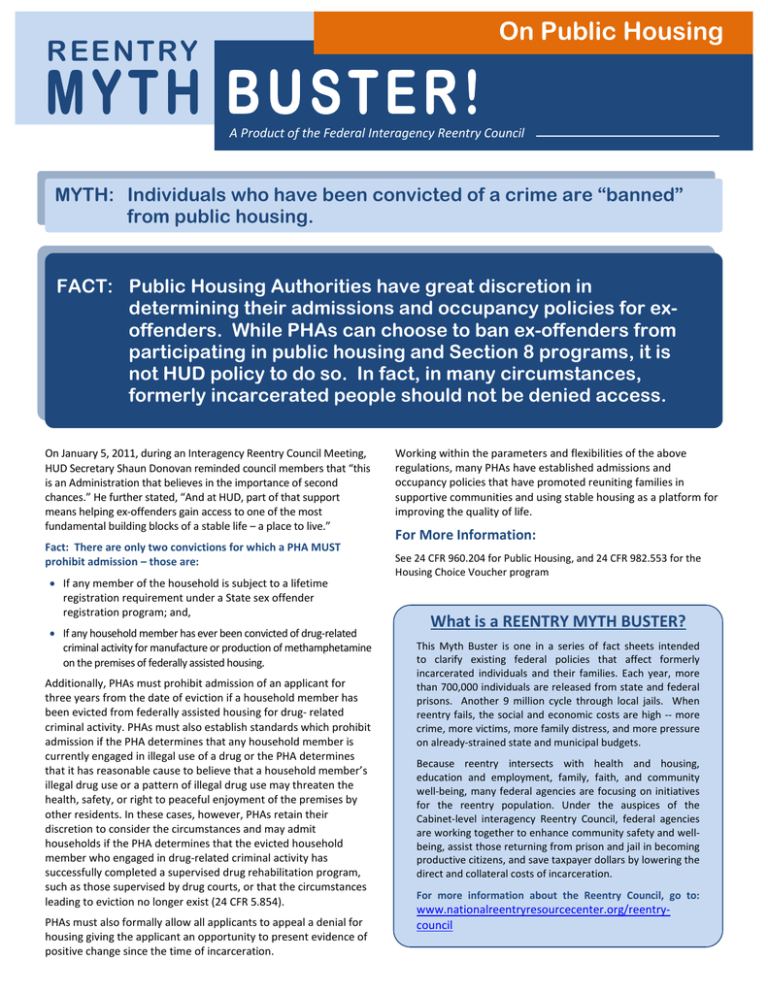
On Public Housing REENTRY MYTH BUSTER! A Product of the Federal Interagency Reentry Council MYTH: Individuals who have been convicted of a crime are “banned” from public housing. FACT: Public Housing Authorities have great discretion in determining their admissions and occupancy policies for exoffenders. While PHAs can choose to ban ex-offenders from participating in public housing and Section 8 programs, it is not HUD policy to do so. In fact, in many circumstances, formerly incarcerated people should not be denied access. On January 5, 2011, during an Interagency Reentry Council Meeting, HUD Secretary Shaun Donovan reminded council members that “this is an Administration that believes in the importance of second chances.” He further stated, “And at HUD, part of that support means helping ex-offenders gain access to one of the most fundamental building blocks of a stable life – a place to live.” Fact: There are only two convictions for which a PHA MUST prohibit admission – those are: • If any member of the household is subject to a lifetime registration requirement under a State sex offender registration program; and, • If any household member has ever been convicted of drug-related criminal activity for manufacture or production of methamphetamine on the premises of federally assisted housing. Additionally, PHAs must prohibit admission of an applicant for three years from the date of eviction if a household member has been evicted from federally assisted housing for drug- related criminal activity. PHAs must also establish standards which prohibit admission if the PHA determines that any household member is currently engaged in illegal use of a drug or the PHA determines that it has reasonable cause to believe that a household member’s illegal drug use or a pattern of illegal drug use may threaten the health, safety, or right to peaceful enjoyment of the premises by other residents. In these cases, however, PHAs retain their discretion to consider the circumstances and may admit households if the PHA determines that the evicted household member who engaged in drug-related criminal activity has successfully completed a supervised drug rehabilitation program, such as those supervised by drug courts, or that the circumstances leading to eviction no longer exist (24 CFR 5.854). PHAs must also formally allow all applicants to appeal a denial for housing giving the applicant an opportunity to present evidence of positive change since the time of incarceration. Working within the parameters and flexibilities of the above regulations, many PHAs have established admissions and occupancy policies that have promoted reuniting families in supportive communities and using stable housing as a platform for improving the quality of life. For More Information: See 24 CFR 960.204 for Public Housing, and 24 CFR 982.553 for the Housing Choice Voucher program What is a REENTRY MYTH BUSTER? This Myth Buster is one in a series of fact sheets intended to clarify existing federal policies that affect formerly incarcerated individuals and their families. Each year, more than 700,000 individuals are released from state and federal prisons. Another 9 million cycle through local jails. When reentry fails, the social and economic costs are high -- more crime, more victims, more family distress, and more pressure on already-strained state and municipal budgets. Because reentry intersects with health and housing, education and employment, family, faith, and community well-being, many federal agencies are focusing on initiatives for the reentry population. Under the auspices of the Cabinet-level interagency Reentry Council, federal agencies are working together to enhance community safety and wellbeing, assist those returning from prison and jail in becoming productive citizens, and save taxpayer dollars by lowering the direct and collateral costs of incarceration. For more information about the Reentry Council, go to: www.nationalreentryresourcecenter.org/reentrycouncil
